
Culture China
13:08, 25-Apr-2019
The philosophy of water in classical Chinese gardens
Updated
14:32, 25-Apr-2019
By Yang Meng
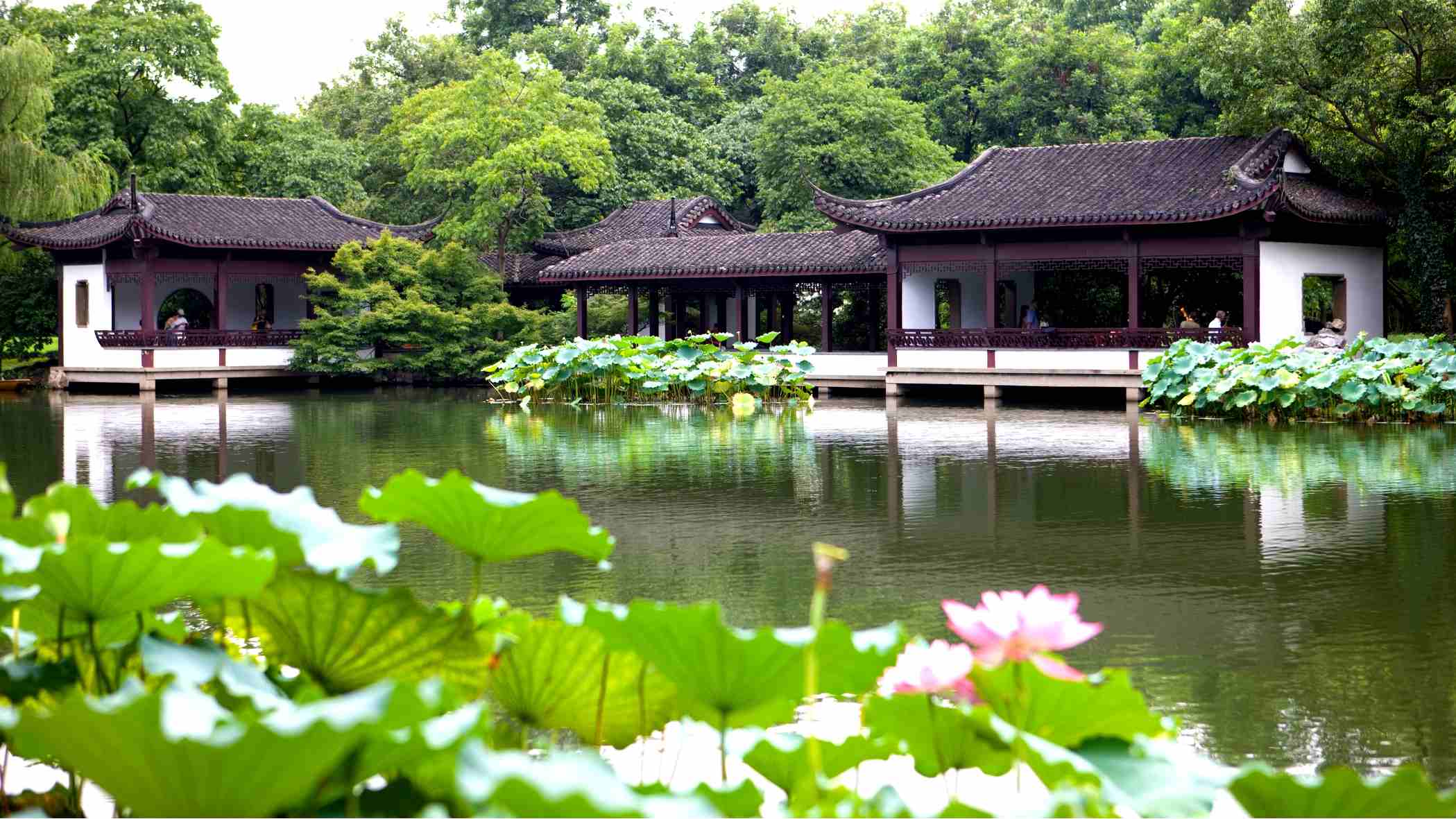
The Beijing World Horticultural Exposition 2019 will open on April 29, where garden designs around the world will on grand display. A variety of gardens across China attract many visitors, although they are from different parts of China they share one common element.
"Wise man rejoices water," what Confucius said represents the respect for water in Chinese culture. "Go with the flow in a peaceful environment," "constant dripping wears away a stone," that's the philosophy and golden rules of life inspired by water.
Chinese classical gardens symbolize the true spirit of Chinese aesthetics and an ideal way to live. Since water represents Chinese philosophies, it plays a very important role in traditional garden design.
China's classical gardens water-making art are created with exquisite artistry in theory method, on the cultural connotation, it is profound and significant.
It can be said that in China, there is no classical garden without water. If there is a garden, there will be water in various forms.
Miniature nature
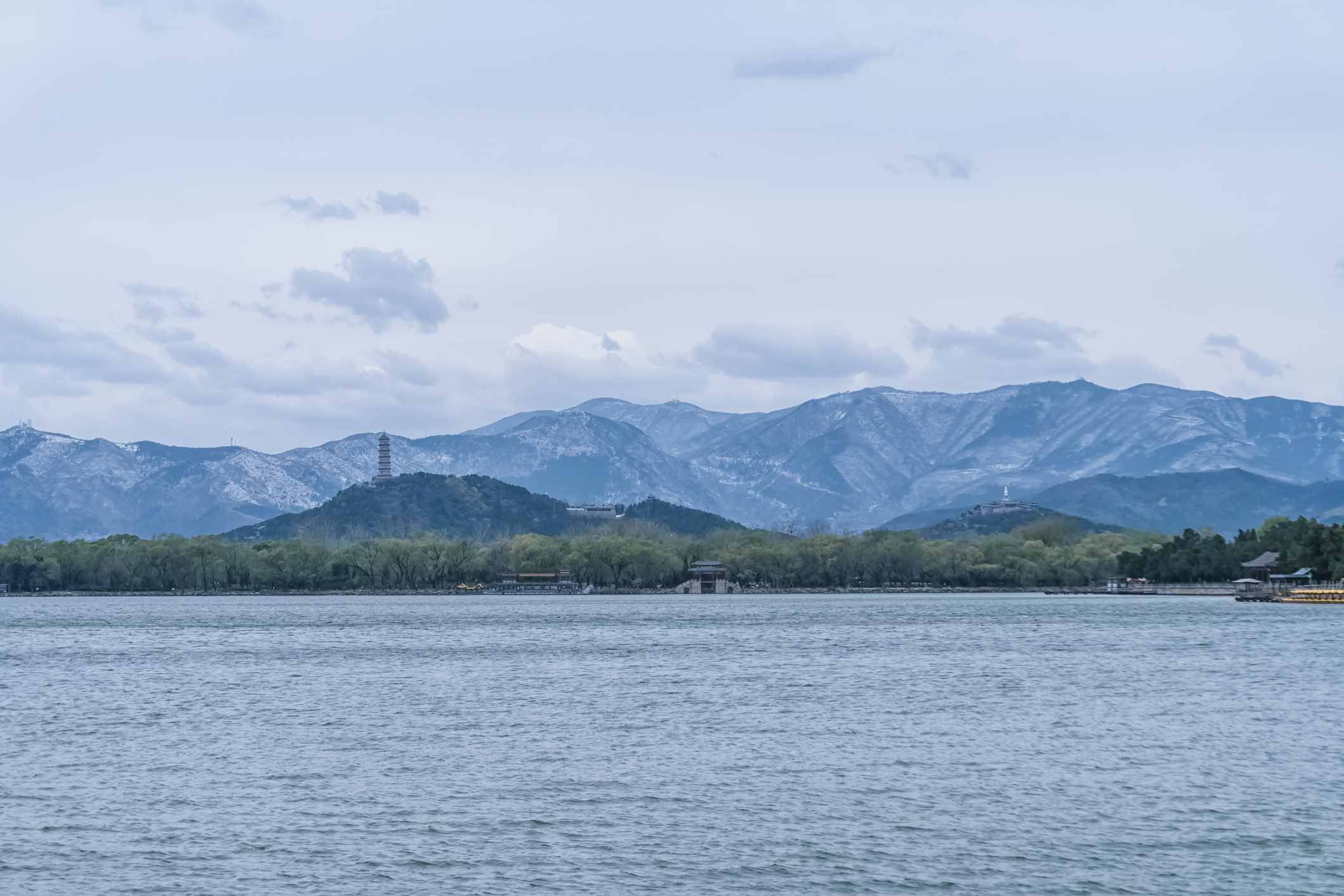
Kunming Lake of the Summer Palace in Beijing. /VCG Photo
Kunming Lake of the Summer Palace in Beijing. /VCG Photo
Most of the water features in Chinese classical gardens are directly derived from rivers, lakes and oceans.
Especially the royal garden, or the Kunming Lake, in the Summer Palace is designed to look familiar with West Lake in Hangzhou, east China's Zhejiang Province. So in some way, the water design of classical Chinese garden is built to reproduce the charm of nature. This symbolic expression is the sublimation and embodiment of life.
Imaging the big from the small
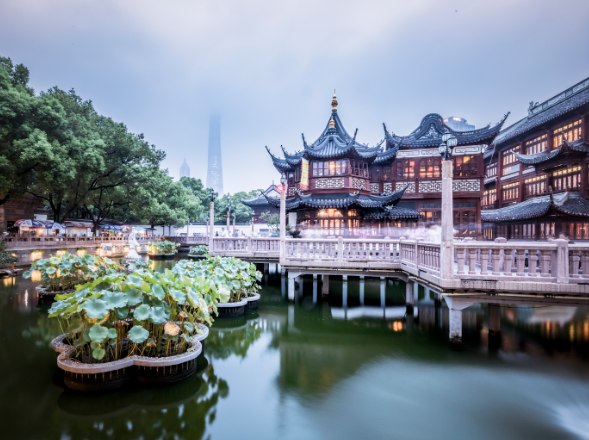
Save to BoardNight view of Yu Garden in Shanghai. /VCG Photo
Save to BoardNight view of Yu Garden in Shanghai. /VCG Photo
Water design in the classical Chinese garden is used to expand spatial and artistic conception.
With the aid of dikes, bridges, islands and other auxiliary buildings, the water surface is divided into water scenes of various shapes. Mountain stone is used to create an environment of a mountain encircled with water.
Through the waterscape in the garden, the artistic impact is associated with the vast ocean on the water surface.
Sound and color of water
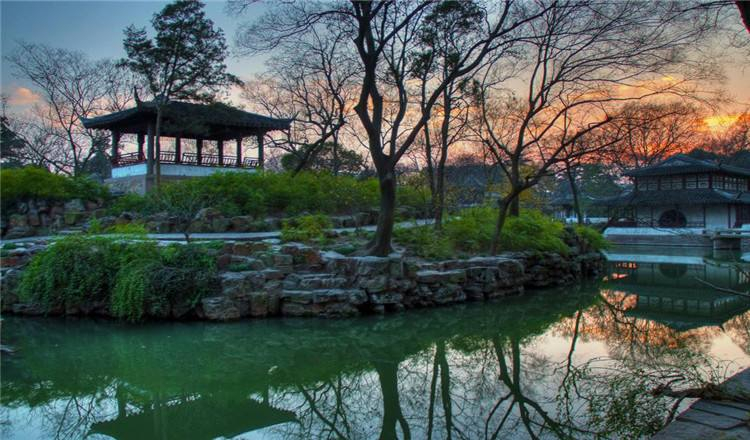
Humble Administrator's Garden. /VCG Photo
Humble Administrator's Garden. /VCG Photo
Water makes different sounds in different shapes. Some are cheerful, some whisper, and some roar like thunder and some are quiet.
Different sounds of water can evoke different emotions in people. Some sounds can make people relaxed. One typical example is "Ba Yin Jian," literally means "eight melodies," is a miniature landscape in Ji Chang Garden in Wuxi City, east China's Jiangsu Province. Water is designed to flow through the stack based rocks, and create a wonderful sound just like music playing on a traditional Chinese instrument, which makes the whole area very relaxing for visitors.
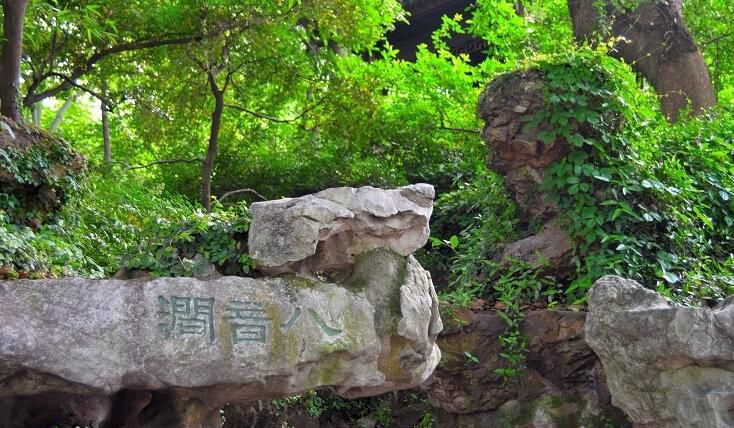
"Ba Yin Jian" of in Ji Chang Garden in Wuxi City, east China's Jiangsu Province. /Sohu Photo
"Ba Yin Jian" of in Ji Chang Garden in Wuxi City, east China's Jiangsu Province. /Sohu Photo
The watercolor in the classical garden landscape that has a practical significance of the icing on the fire, it embodies a certain philosophy and artistic conception. The water itself does not have any color, but through its reflection and refraction of light and shadow, it can embrace the landscape within a certain range around it thus makes the color of the sky, for example, appears on the surface.
Many designer and artisans believe water is the soul of gardens. It brings gardens to life. Water system layout in classical Chinese garden design is not only a form of art but also the philosophy of ancient Chinese wisdom.

SITEMAP
Copyright © 2018 CGTN. Beijing ICP prepared NO.16065310-3
Copyright © 2018 CGTN. Beijing ICP prepared NO.16065310-3